What Happens During a Heart Attack? The heart muscle requires a constant supply of oxygen-rich blood to nourish it. The coronary arteries provide the heart with this critical blood supply. If you have coronary artery disease, those arteries become narrow and blood cannot flow as well as they should. Fatty matter, calcium, proteins, and inflammatory cells build up within the arteries to form plaques of different sizes. The plaque deposits are hard on the outside and soft and mushy on the inside. When the plaque is hard, the outer shell cracks (plaque rupture), platelets (disc-shaped particles in the blood that aid clotting) come to the area, and blood clots form around the plaque. If a blood clot totally blocks the artery, the heart muscle becomes “starved” for oxygen. Within a short time, death of heart muscle cells occurs, causing permanent damage. This is a heart attack. While it is unusual, a heart attack can also be caused by a spasm of a coronary artery. During a coronary spasm, the coronary arteries restrict or spasm on and off, reducing blood supply to the heart muscle (ischemia). It may occur at rest, and can even occur in people without significant coronary artery disease. Each coronary artery supplies blood to a region of heart muscle. The amount of damage to the heart muscle depends on the size of the area supplied by the blocked artery and the time between injury and treatment. Healing of the heart muscle begins soon after a heart attack and takes about eight weeks. Just like a skin wound, the heart’s wound heals and a scar will form in the damaged area. But, the new scar tissue does not contract. So, the heart’s pumping ability is lessened after a heart attack. The amount of lost pumping ability depends on the size and location of the scar.
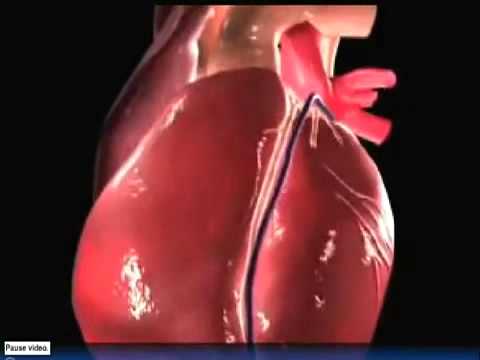
Watch Heart Attack in 3D
- Post author:
- Post published:May 24, 2021
- Post comments:0 Comments
You Might Also Like

Erectile Dysfunction (ED) – Causes, symptoms and treatment modalities
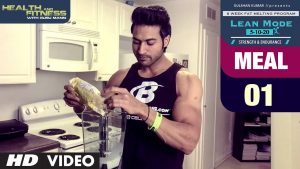
MEAL 01 – Protein Smoothie | LEAN MODE by Guru Mann | Health and Fitness
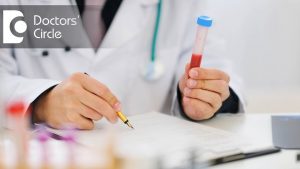
What does low MCV and MCH in the blood report indicate? – Dr. Sharat Honnatti
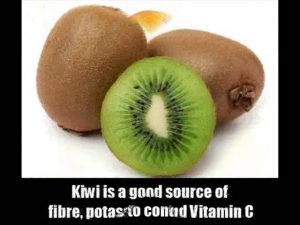
15 Best Fruits For Diabetes

Definition Fitness – Muscle Building Arm Routine
Lat Pull Down-2
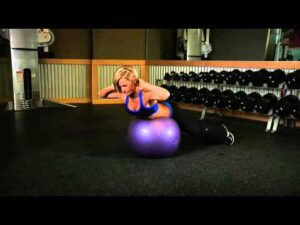
weighted ball hyperextension w en
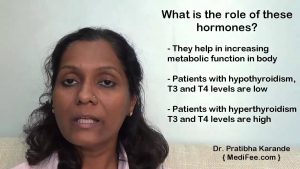
Thyroid Profile – T3, T4 and TSH Explained
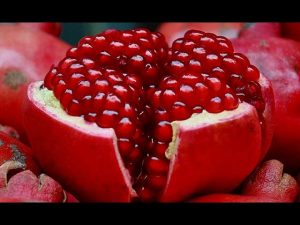
Top 5 Fruits That Burn Belly Fat
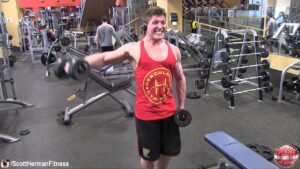
Deadlifts & Shoulders – NO EXCUSES – Muscle Building Workout!

How to Do Triceps Dumbbell Extensions
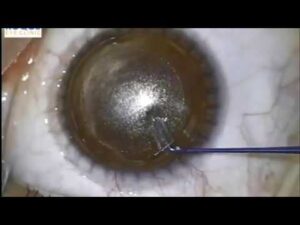
Laser Surgeries Video – 3

Orthopedic Physiotherapy Video – 2

What is STEROID HORMONE? What does STEROID HORMONE mean? STEROID HORMONE meaning & explanation
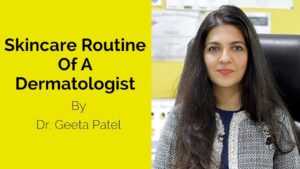
Dermatology/Skin Surgeries Video – 2
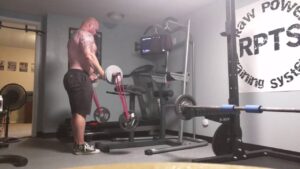
Close grip tricep extensions supersetted w/ earthquake curls

“What Happens When I Stop Taking Creatine?”
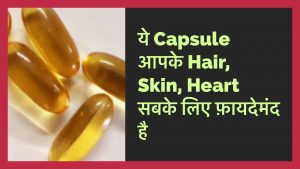
Omega 3 Fatty Acids के फायदे और नुकसान – Wow, Amway, Healthkart, MuscleBlaze, Healthviva Review

Addiction Psychiatry Video – 1
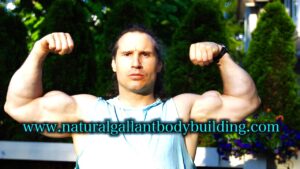
How to Barbell Curl for Bigger Biceps
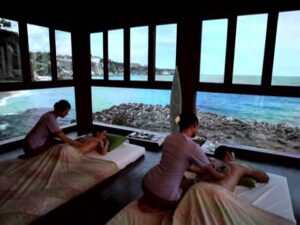
Spa Resort Video – 1
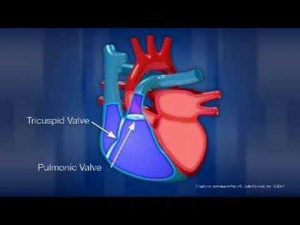
Heart Anatomy

The Muscular System Explained In 6 Minutes
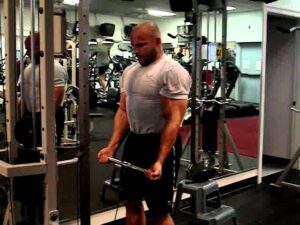
Pulley Curl-1

Incline Chest Press Machine – Develop Fuller Upper Pecs

Weiler Medical Minute: Gynecomastia (Man Boobs)

Stretching Exercises: Total Body Stretches

Yoga Diet Video – 3

Should You Take Whey Protein Powder? Are Protein Powders Necessary?
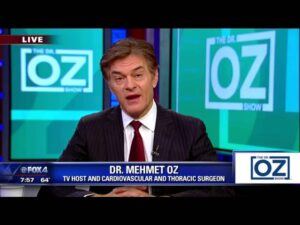
Dr. Oz: Fat and Body Types
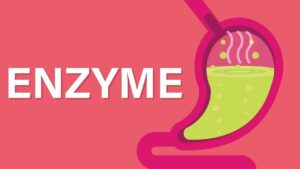
Enzymes Video – 1
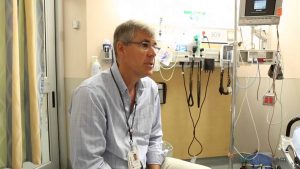
Diazepam and Alcohol Withdrawal

Hematology Video – 2

Overweight & Obesity Video – 25

Top 4 Protein Powders | Health and Fitness Tips | Guru Mann

What is BMR ? BMR means what ?

Diabetes: Insulin’s side effects

Chemistry in Everyday life part 13 (Food additives) CBSE class 12 XII

Seated row/ upper back and mid-back exercise

Shoulder Exercises – Standing Dumbbell Side Lateral Raises

Xenical / Orlistat / diet pills – Weightloss – Video #1 of 4

